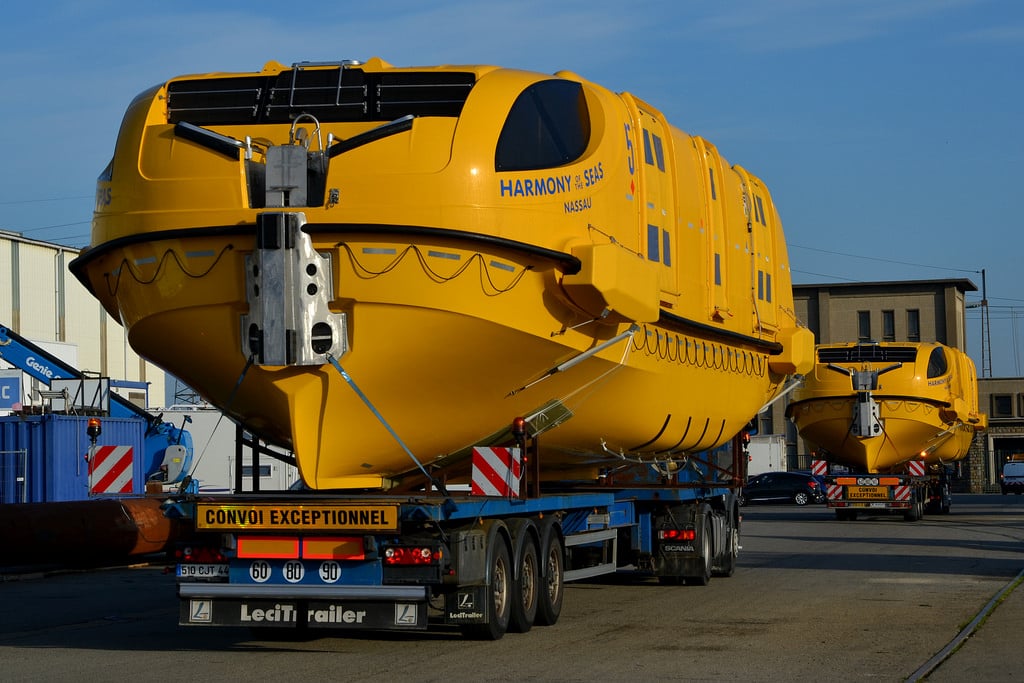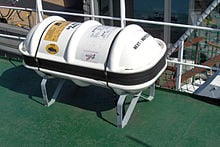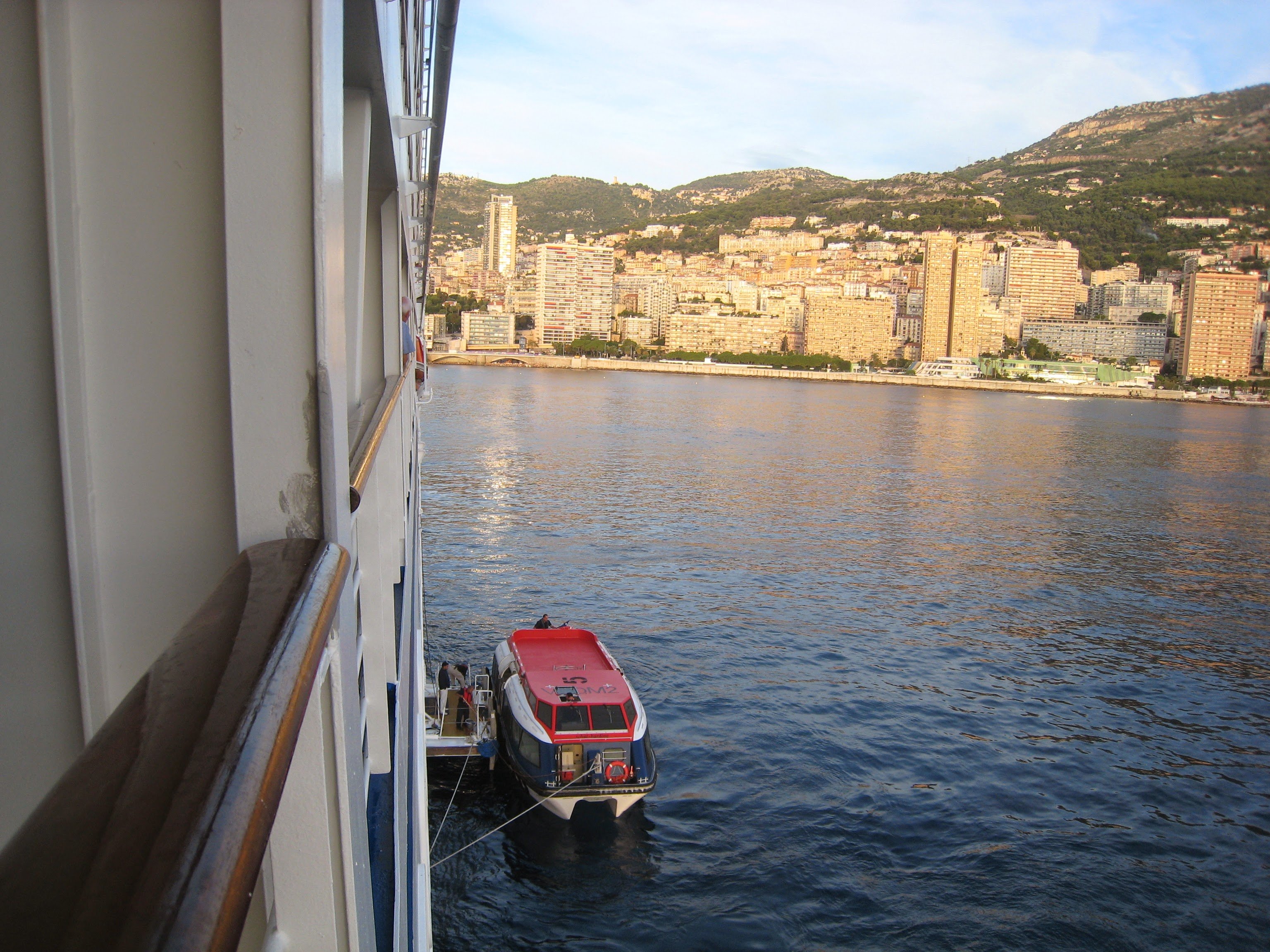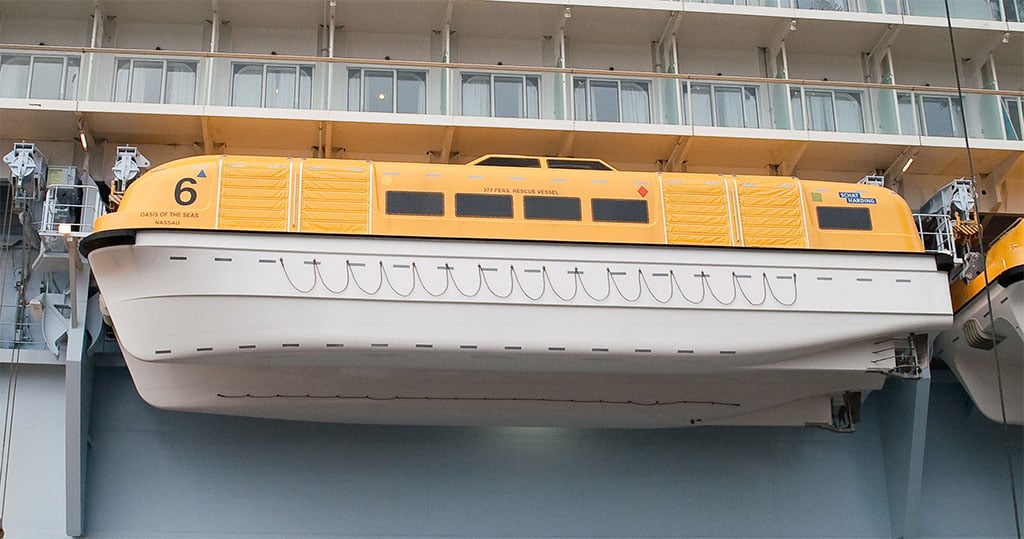While cruising is about relaxing, fun, enrichment, and telling your office that you’ll be completely unreachable for a week, for the crew and the cruise line there is another important element: safety. The last line of defense is the lifeboat, but it’s far more than a wooden dinghy out of a Hitchcock film. Modern lifeboats have evolved for enhanced safety, reliability, and even visibility - let’s look at how.
Who regulates lifeboats?
In 1912 the world saw what is, to date, easily the most famous maritime tragedy: the sinking of the White Star Line’s Titanic. It was clear that there needed to be better not only oversight, but research into safety at sea, so in 1914, as a response to this disaster, The International Convention for the Safety of Life at Sea (SOLAS) was drafted. This first pass prescribed numbers of lifeboats and other emergency equipment along with safety procedures, such as continuous radio watches. Unfortunately, with The Great War (later called WWI) brewing, SOLAS 1914 was never adopted by any government or other body. Over the decades however many amendments to the first draft have been made and adopted by an increasing number of signatory nations. As of 2017 there are 162 nations who are signatories to SOLAS, meaning over 99% of vessels in the world must be in compliance.
The Evolution of Lifeboats
The first lifeboats were simply small boats with open tops and oars for passengers to use for propulsion. Prior to modern compact engine designs rowing was the only way of controlling a small craft other than sailing. This presented some obvious challenges, as even with adequately strong persons, synchronous rowing is a skill so difficult that even Olympians use a coxswain. Technology however brought forth solutions such as the Fleming Gear, allowing passengers to simply push and pull levers that drew a screw (propeller), combining the uncoordinated strength of rowers. It wasn't until SOLAS 1948 that there was a requirement for all ships (of certain sizes and uses) to carry at least one motorized lifeboat, and in 1964 motors will still only required on lifeboats designed to carry over 100 persons.
These days lifeboats usually have multiple motors, carry survival equipment, and have rigid requirements for nearly every element of their design. We’ve certainly not stopped innovating either. Until Royal Caribbean launched the mega-ship Oasis of the Seas, carrying up to 8,500 persons, Life Saving Equipment code 4.4.3.1 (for those keeping track at home) mandated that lifeboats carry no more than 150 people. Schat-Harding however worked to build larger craft and have this modified to to allow for 370 person craft providing they demonstrate equivalent safety, allowing for the Oasis class’ “rescue vessels” we see today. You can learn more about Oasis class lifeboats here. Other changes in the past 15 years have had to do with the method of deployment, allowed colors (for visibility), provisions carried on-board, maintenance, and more.

Lifeboat Requirements
While requirements vary greatly depending on vessel passenger counts, routes of travel, other safety equipment, and many other factors, we tried to identify, in plain English some of the more common requirements for lifeboats, especially as they relate to cruise ships.
Lifeboat Construction
-Must be made flame-retardant and made of non-combustible materials. As they say during your muster drill, “fire is the greatest danger at sea”.
-When fully loaded with persons and supplies, must be stable in the water, capable of launching while the ship travels at a speed of 5 knots, and strong enough to be lowered while fully loaded.
-Must be no less than 7.3 meters in length
-All seats, benches, etc must be capable of supporting a person weighing 100kg (~220lbs)
Deployment
-The wires which lift and lower the lifeboats (aka, “falls”), must have centrifugal brakes, limiting the rate of descent to 36 meters/minute.
-At full capacity, the hoisting time for the launching appliance should not be less than .3 meters/second.
-50% of the rigid lifeboats must be located on each side of the vessel, for easy deployment in the event the ship is listing heavily to one side.
-Except for free-fall lifeboats (such as escapecraft you may see on some cargo ships), they must be capable of withstanding and impacts against the ship’s side of at least 3.5 meters per second, and must also be strong enough to be dropped into the water from a height of at least 3 meters
Number Carried
-Ships must have partially or totally enclosed lifeboats, for 50% of the total capacity of people onboard, at each side (total capacity for 100%)
-Rigid or inflatable liferaft must make up at least 25% of the ship’s total capacity
Inflatable liferaft are common - but do you ever see them? Yep. Look on the deck of any ship and you'll see white plastic capsules. These can be manually deployed, but they are also capable of automatic deployment, both operations can take place even when heavily listing - another requirements in SOLAS.

The above figures should be looked at a few ways. For one, they mean that a cruise ship must have lifeboats/rafts for at least 125% of the ship’s total capacity. That’s a minimum, and it is often exceeded. Further, most ships don’t sail at full capacity. You could, for example, sell out every cabin on Norwegian Sky, with no single-occupancy staterooms, yet even with a full compliment of crew, carry only 2,903, despite her capacity of 3,349 passengers. Why? “Upper-berths” or bunk beds (also pullout sofas and such). Generally only a small percentage of 3+ capacity staterooms have more than two people in them. These factors combined mean that even if a ship is only meeting (rather than exceeding) the required capacities, they may have lifeboats for 1.5 or even 2 times the number of persons on-board during a “full” sailing.
Conclusion
LIfeboat technology and requirements are just one component of what makes cruising among the safest ways to vacation. Remember though that the first line of defense from fire, navigational hazards, and weather is the hard working crew - safety truly is their top priority. Keep this in mind next time you think your stateroom attendant is just a housekeeper - she may also be responsible for firefighting or other essential tasks. Oh, and please put down your phone at muster drills.
Have more questions about lifeboats on cruise ships? Comment below or reach out on Twitter or Facebook!



